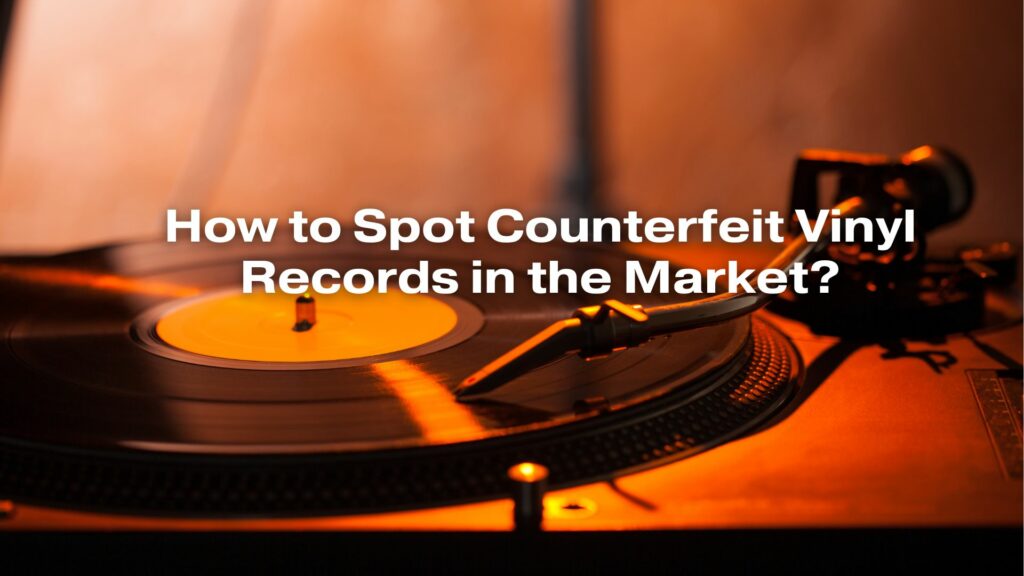Spotting counterfeit vinyl records in the market can be a challenging task, as some counterfeit copies can be quite convincing. However, there are several methods and clues that can help you identify counterfeit vinyl records and protect yourself from purchasing fake or low-quality products:
1. Check the Packaging:
- Inspect the album cover, sleeve, and any included inserts. Look for signs of poor quality printing, blurry images, off-center text, or incorrect colors. Counterfeiters often cut corners on the packaging, resulting in obvious visual discrepancies.
2. Verify the Label and Matrix Numbers:
- Genuine records typically have matrix numbers etched into the run-out grooves of the vinyl. These numbers are unique to each pressing and are a good way to identify authenticity. Research the correct matrix numbers for the specific release you are considering and compare them to what’s on the record.
3. Analyze the Vinyl Weight and Color:
- Counterfeit records may use cheaper or incorrect materials, leading to variations in weight and color. Research the weight and color of the original release, and be cautious if the record doesn’t match these specifications.
4. Check the Vinyl Grooves:
- Look for imperfections in the grooves, such as off-center or shallow grooves, which can affect playback quality. Counterfeit records may have noticeable defects in the vinyl surface.
5. Review the Printing Quality of Labels and Sleeves:
- Genuine records have high-quality labels with sharp and clear printing. Counterfeit records may have labels with blurry or pixelated artwork, misspelled text, or inaccuracies in the label design.
6. Scrutinize the Album Cover and Artwork:
- Analyze the artwork and cover for discrepancies. Counterfeiters may replicate album covers but often make mistakes in details, color accuracy, or overall design.
7. Research the Source and Seller:
- Verify the reputation and credibility of the seller or source. Established record stores and reputable online marketplaces are less likely to sell counterfeit products. Be cautious of sellers offering brand-new records at significantly lower prices than market value.
8. Sound Quality:
- Play the record if possible. Counterfeit records often have lower sound quality and may exhibit surface noise, distortion, or other audio issues.
9. Use Online Resources:
- Online databases and collector communities can be valuable resources for identifying counterfeit releases. Websites, forums, and discography databases often include information on known counterfeit releases and how to spot them.
10. Seek Expert Advice: – If you are uncertain about the authenticity of a record, seek advice from experienced collectors, record store owners, or vinyl enthusiasts. They may offer insights and guidance based on their experience.
11. Trust Your Instincts: – If something about a record seems off or too good to be true, trust your instincts. It’s often better to pass on a purchase that raises doubts rather than risk buying a counterfeit.
In summary, spotting counterfeit vinyl records requires careful examination of the packaging, labels, vinyl quality, and sound. Familiarizing yourself with the specific details and characteristics of the original release can help you identify discrepancies in counterfeit copies. Ultimately, it’s essential to be cautious when purchasing vinyl records and to use available resources and expertise to verify their authenticity.


